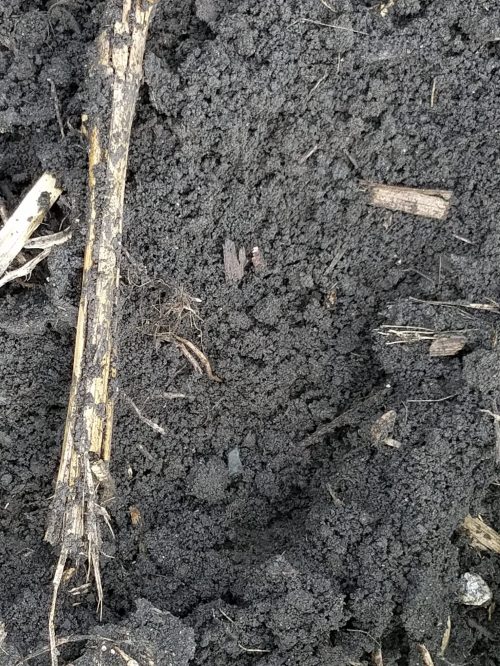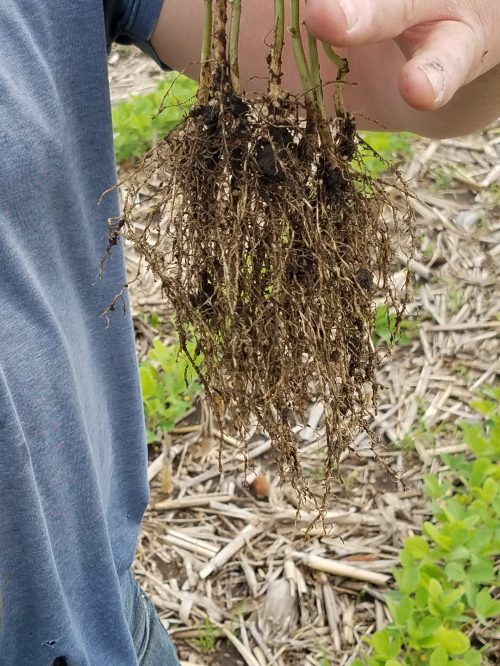Weatherproofing your Crops
If you’ve read any Ag weather related articles over the last six months, they probably talked about the concern of a 2021 drought. The drought is already here, since many areas of the Corn Belt are quite short on soil moisture.
What if we could weatherproof our crops and protect them from drought? It’s possible, but first we need to learn a little about how soils work.
Review Soil Science 101
Soil texture is determined by the amount of sand, silt and clay in the soil. Sand has a large particle size, silt is slightly larger and clay has a tiny particle size. If the soil has a lot of sand, it can’t hold as much water because of the large particles. On the other hand, a clay soil, with its tiny particles, can hold a tremendous amount of water (and be saturated by
excess water).
Let me explain, if you have a room full of large sand particles, you will have a large amount of pore space for water to flow. However, if you fill that same room with tiny clay particles, you have very little pore space. Pore space is important for not only water movement, but air movement.
To have soil health, you need to have aggregation. Aggregation is the arrangement of sand, silt, and clay that’s being held together with soil organic matter.

Soil aggregation
An aggregated soil will crumble like coffee grounds in your hand. Soil that has poor aggregation will be blocky and stick together, hindering water from infiltrating into the soil profile.
Infiltration is the movement of water off of the land’s surface and into the soil profile. As soil becomes more aggregated, it allows more water to infiltrate into the profile. (See how this is especially important when conditions are dry?)
Too much tillage, however, works against aggregation and infiltration. The more tillage we do, the more we destroy soil structure and soil aggregation. This decreases infiltration. Soil that has a low rate of infiltration will pond. With ponding comes the loss of the crop and a loss of nitrogen.

Healthy soybean roots due to soil aggregation.
Biologically Farming Minimizes Crop Stress
So how do we apply this knowledge to weatherproof our crops? It starts by working with Mother Nature, not against her!
We need to farm biologically by using cover crops, using biological products like ProfitCoat Biological Seed Coating and Environoc 401 and not over-tilling. This will create an environment for soil biology to thrive.
By promoting soil health and creating a favorable environment for soil microbes, we can minimize crop stress–including drought–to weatherproof our crops.
Click here for the print friendly version
